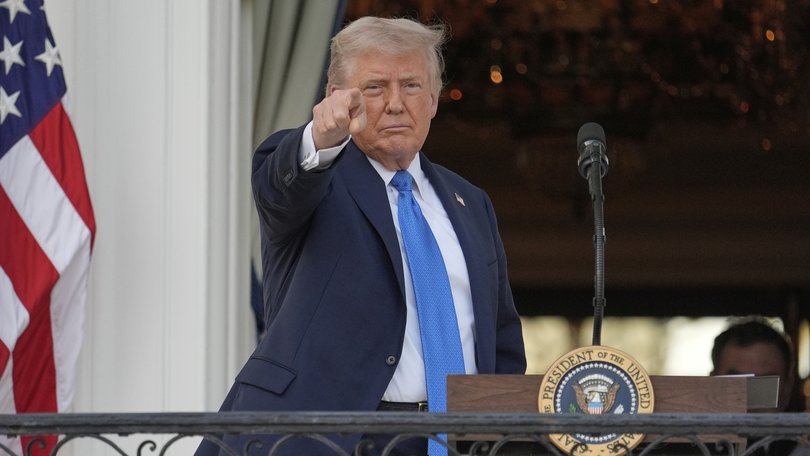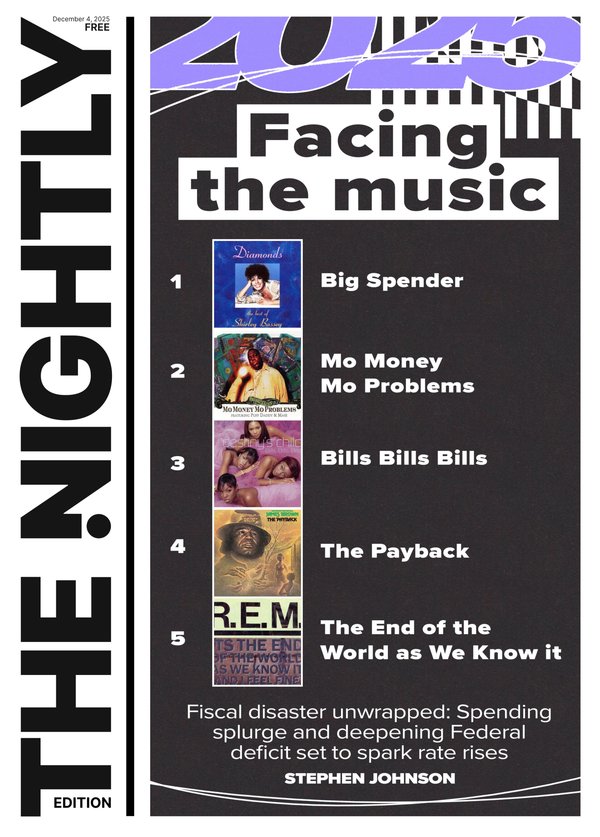Donald Trump travel ban: President signs new order restricting US entry from 12 countries

US President Donald Trump has signed an executive order to ban travel into the United States for people from 12 counties, citing the recent terrorist attack in Boulder, Colorado as a contributing factor.
“The recent terror attack in Boulder, Colorado has underscored the extreme dangers posed to our country by the entry of foreign nationals who are not properly vetted, as well as those who come here as temporary visitors and overstay their visas,” Mr Trump said in a video posted across all his social media accounts.
“We don’t want them.
Sign up to The Nightly's newsletters.
Get the first look at the digital newspaper, curated daily stories and breaking headlines delivered to your inbox.
By continuing you agree to our Terms and Privacy Policy.“We cannot have open migration from any country where we cannot safely and reliably vet and screen.
“That is why today I am signing a new executive order placing travel restrictions on countries including Yemen, Somalia, Haiti, Libya, and numerous others.”’
Which countries has Donald Trump banned from entering the United States
Afghanistan, Myanmar, Chad, Republic of the Congo, Equatorial Guinea, Eritrea, Haiti, Iran, Libya, Somalia, Sudan, and Yemen are now on Mr Trump’s US travel ban list.
The executive order on travel restrictions for the 12 countries comes into effect from 12.01am on June 9, 2025.
Other countries hit with heightened restrictions
In addition to the ban there will be heightened restrictions on visitors from Burundi, Cuba, Laos, Sierra Leone, Togo, Turkmenistan and Venezuela.
“I must act to protect the national security and national interest of the United States and its people,” Mr Trump said in his proclamation.
The list results from a January 20 executive order Mr Trump issued requiring the departments of State and Homeland Security and the Director of National Intelligence to compile a report on “hostile attitudes” toward the US and whether entry from certain countries represented a national security risk.
During his first term, Mr Trump issued an executive order banning travel to the US by citizens of seven predominantly Muslim countries — Iraq, Syria, Iran, Sudan, Libya, Somalia and Yemen.
It was one of the most chaotic and confusing moments of his earlier presidency.
Travellers from those nations were either barred from getting on their flights to the US or detained at US airports after they landed. They included students and faculty as well as business people, tourists and people visiting friends and family.
The order, often referred to as the “Muslim ban” or the “travel ban,” was retooled amid legal challenges, until a version was upheld by the Supreme Court in 2018.
The ban affected various categories of travellers and immigrants from Iran, Somalia, Yemen, Syria and Libya, plus North Koreans and some Venezuelan government officials and their families.
Mr Trump and others have defended the initial ban on national security grounds, arguing it was aimed at protecting the country and not founded on anti-Muslim bias.
However, the president had called for an explicit ban on Muslims during his first campaign for the White House.
More to come...
- with AP
